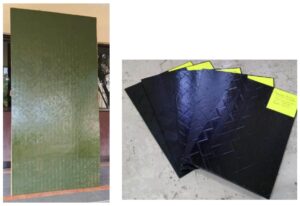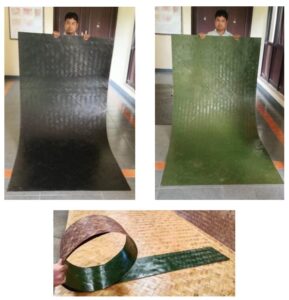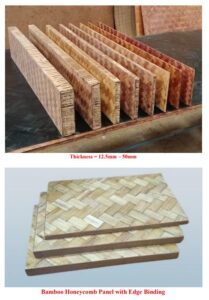1. Introduction
Bamboo-based musical instrument manufacturing is an eco-friendly and sustainable business that produces traditional and modern instruments such as flutes, xylophones, didgeridoos, and percussion instruments. Bamboo’s natural acoustic properties make it an excellent material for crafting high-quality musical instruments. This project aims to establish a manufacturing unit to produce and market bamboo musical instruments, catering to musicians, schools, and cultural enthusiasts.
2. Objectives
- To produce high-quality bamboo musical instruments.
- To promote traditional and sustainable musical craftsmanship.
- To create employment opportunities for artisans and craftsmen.
- To establish a profitable and environmentally friendly business.
3. Market Analysis
3.1 Demand Analysis
- Growing interest in traditional and folk music.
- Increased awareness of eco-friendly products.
- Demand from schools, music academies, and professional musicians.
- Export potential to global markets.
3.2 Target Market
- Music enthusiasts and professional musicians.
- Schools and educational institutions.
- Cultural organizations and event organizers.
- Handicraft stores and online marketplaces.
4. Raw Material & Costing
4.1 Materials Required
| Material | Quantity (Per 1000 units) | Cost per unit (INR) | Total Cost (INR) |
|---|---|---|---|
| Bamboo Sticks | |||
| Cutting & Shaping Tools | – | – | |
| Polishing & Finishing Materials | – | – | |
| Packaging Material | – | – | |
| Water & Utility Costs | – | – | |
| Labor (5 workers) | – | – | |
| Miscellaneous | – | – | |
| Total | – | – |
4.2 Production Process
- Bamboo Sourcing & Treatment – Selection, drying, and treating bamboo.
- Shaping & Carving – Cutting, carving, and tuning instruments.
- Finishing & Polishing – Refining, painting, and applying natural finishes.
- Quality Control & Packaging – Inspection and eco-friendly packaging.
- Distribution & Sales – Supply chain and market outreach.
5. Financial Analysis
5.1 Cost Estimation
Fixed Costs
| Expense | Cost (INR) |
|---|---|
| Land & Infrastructure | |
| Machinery & Equipment | |
| Research & Development | |
| Initial Raw Material Stock | |
| Marketing & Branding | |
| Total Fixed Costs |
Variable Costs (Per 1000 Units of Instruments)
| Expense | Cost (INR) |
|---|---|
| Raw Materials | |
| Processing & Utilities | |
| Packaging & Transportation | |
| Miscellaneous | |
| Total Variable Costs |
5.2 Revenue & Profit Analysis
| Parameter | Value |
|---|---|
| Selling Price (Per Unit) | |
| Revenue (Per 1000 Units) | |
| Production Cost (Per 1000 Units) | |
| Profit Per 1000 Units | |
| Monthly Production Capacity | |
| Monthly Revenue | |
| Monthly Profit | |
| Annual Profit |
6. Break-Even Analysis
- Fixed Costs:
- Profit Per 1000 Units:
- Break-even Point =
- Time to Break-even (at 5,000 units per month) =
7. Sustainability & Environmental Impact
- Eco-Friendly Production: Uses sustainable bamboo materials.
- Biodegradable: No harmful environmental impact.
- Energy Efficient: Low power consumption in production.
- Promotes Traditional Crafts: Supports local artisans and craftsmanship.
8. Challenges & Mitigation Strategies
| Challenge | Mitigation Strategy |
|---|---|
| Competition from Synthetic Instruments | Highlight unique sound quality and eco-benefits |
| Raw Material Supply Chain Issues | Partnering with bamboo growers and farmers |
| High Initial Investment | Seeking government subsidies and private funding |
| Market Penetration | Collaborations with musicians, music academies, and influencers |





